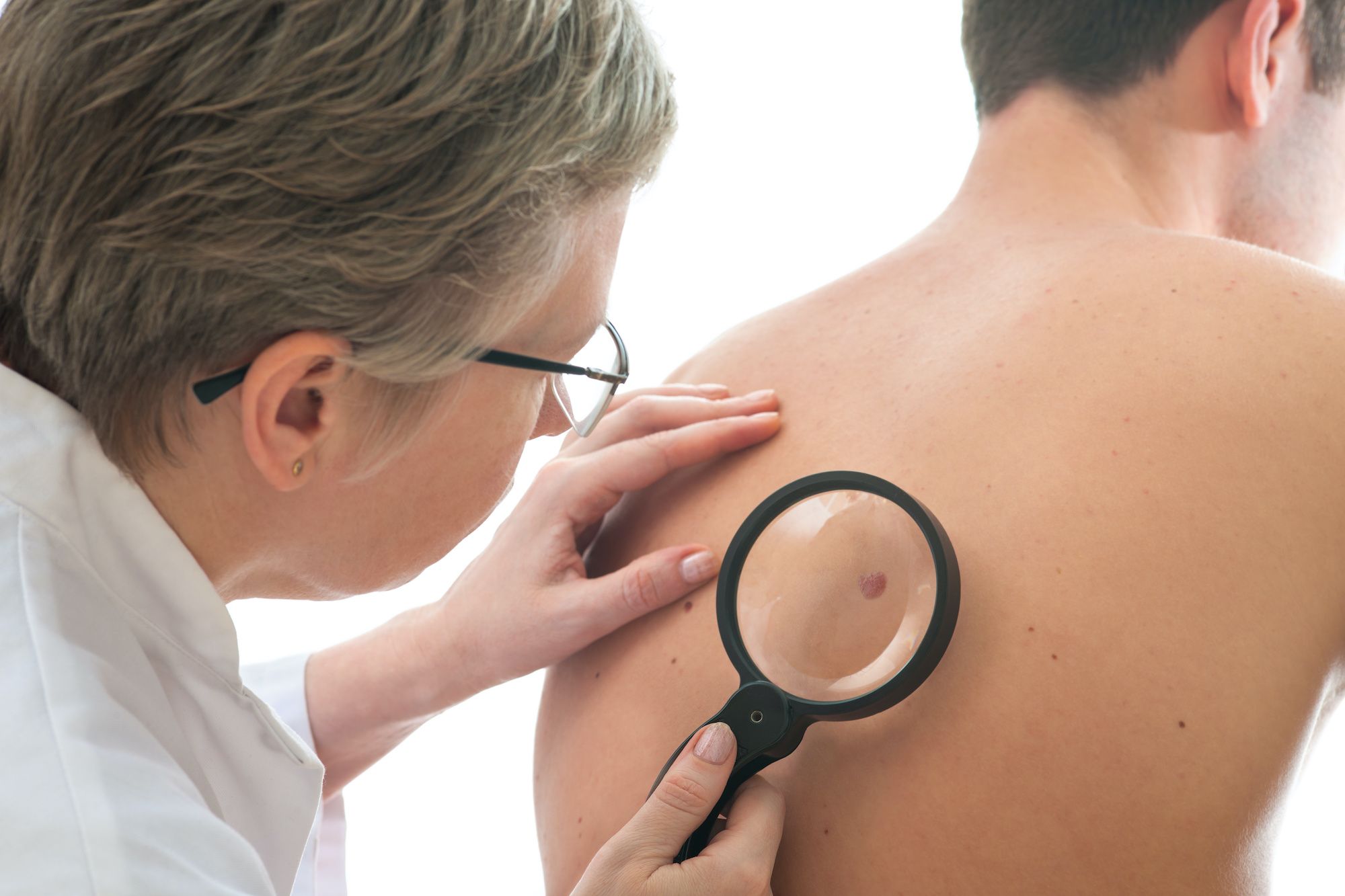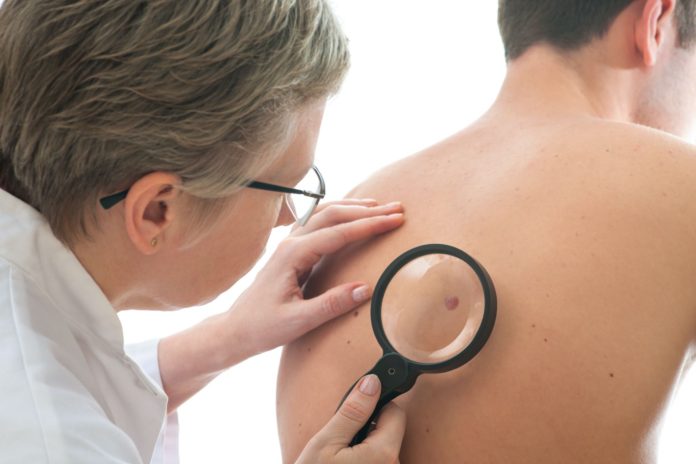
1. Dermatology and cancer
There will be 4 sessions at the meeting related to cancer, including challenging cases, surveillance and management, and choosing the right care pathway. Skin cancer is the most common cancer in the United States, and during the pandemic, people have sought refuge outside whenever possible, which is safer than congregating indoors but increases the risk of skin cancer if people don’t take adequate preventive measures.
2. JAK inhibitors
The next revolutionary therapies for atopic dermatitis (AD) are coming and they are the Janus kinase (JAK) inhibitors. These therapies close off overactive JAK pathways by targeting 1 of 4 members of the JAK family. JAK inhibitors are anti-inflammatory therapies that combat AD at the immune system level, and there is going to be an entire session dedicated to these therapies as the “next frontier in dermatology.”
Currently, there are no JAK inhibitors approved to treat dermatological conditions, but studies have found they are effective in alopecia, psoriasis, and vitiligo, as well as AD.
3. Lasting impact of COVID-19
The nature of the AAD VMX being virtual highlights that COVID-19 continues to impact the world. This is the second year the meeting is being held virtually, and since last year’s meeting, health care providers have made big strides in treating patients during the global pandemic.
In addition to a COVID-19 symposium, there will also be a teledermatology session incorporating lessons from the last year and how to plan for the future. In 2020, the AAD convened its Teledermatology Task Force subgroup to survey members on the effects of COVID-19 on teledermatology.1 Only 14.1% of respondents had used teledermatology prior to the pandemic compared with 96.9% during the pandemic. In addition, more than half (58.0%) expect to continue using teledermatology after the pandemic.
4. Minority populations
AAD VMX will have a handful of sessions focusing on minority populations, such as health among LGBTQ individuals, or sexual and gender minorities, and individuals of color. Last year, a research letter in British Journal of Dermatology2 highlighted that publications of COVID skin manifestations lacked pictures of skin of color despite the fat that COVID-19 disproportionately affect people of color.
In addition, research published in Journal of the America Academy of Dermatology,3 the journal of AAD, has highlighted that individuals in the LGBTQ population face health issues related to dermatology. For instance, transgender patients often have unmet needs during their transition.
5. Gut and skin
The meeting will also focus on the gut with a session on the skin manifestations of inflammatory bowel disease, as well as a session on dietary triggers that may cause a flare in skin conditions.
References
1. Kennedy J, Arey S, Hopkins Z, et al. Dermatologist perceptions of teledermatology implementation and future use after COVID-19: demographics, barriers, and insights. JAMA Dermatol Published online March 31, 2021. doi:10.1001/jamadermatol.2021.0195
2. Lester JC, Jia JL, Zhang L, Okoye GA, Linos E. Absence of images of skin of colour in publications of COVID-19 skin manifestations. Br J Dermatol. 2020;183(3):593-595. doi:10.1111/bjd.19258
3. Yeung H, Luk KM, Chen SC, Ginsberg BA, Katz KA. Dermatologic care for lesbian, gay, bisexual, and transgender persons: Epidemiology, screening, and disease prevention. J Am Acad Dermatol. 2019;80(3):591-602. doi:10.1016/j.jaad.2018.02.045








